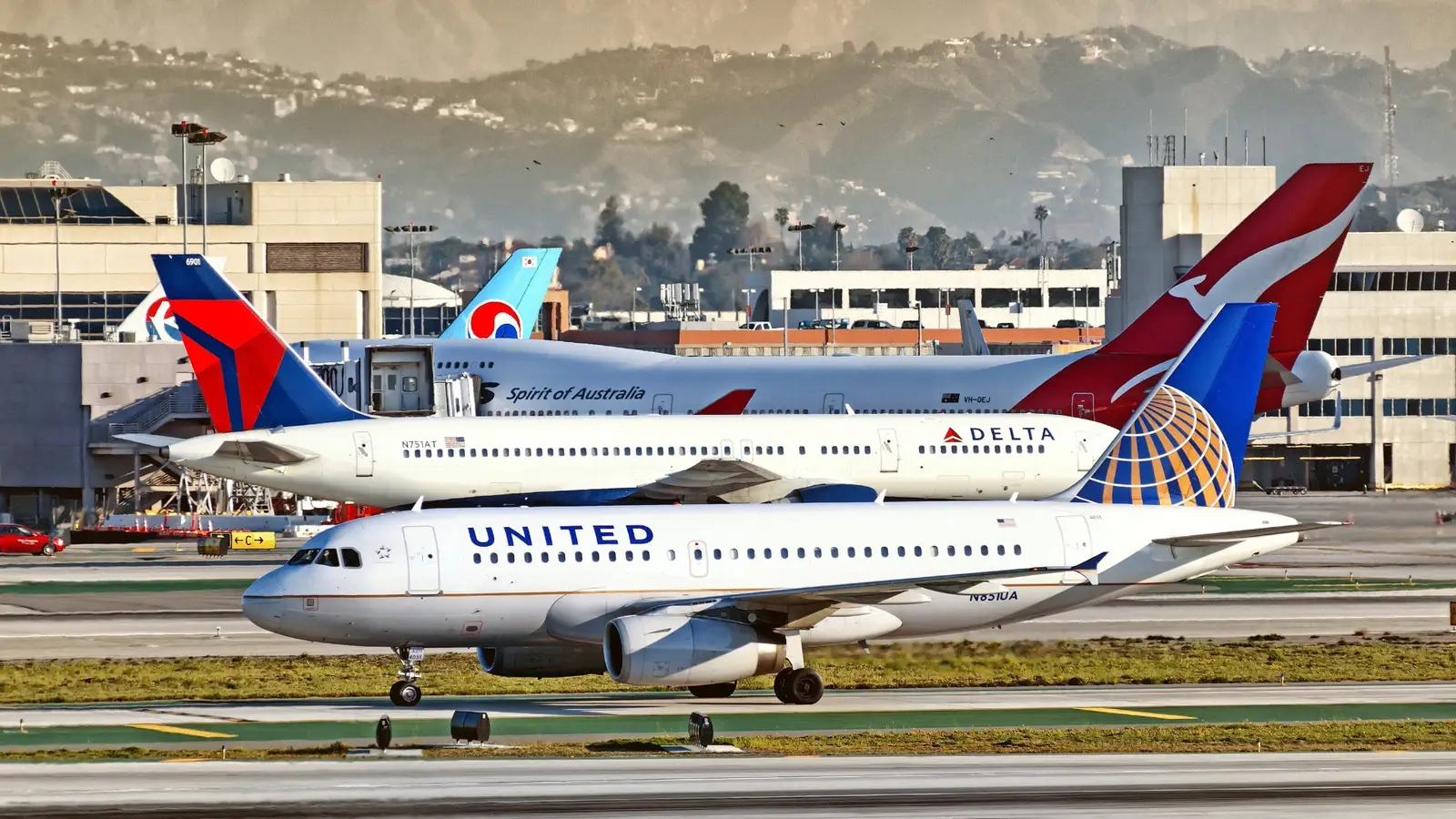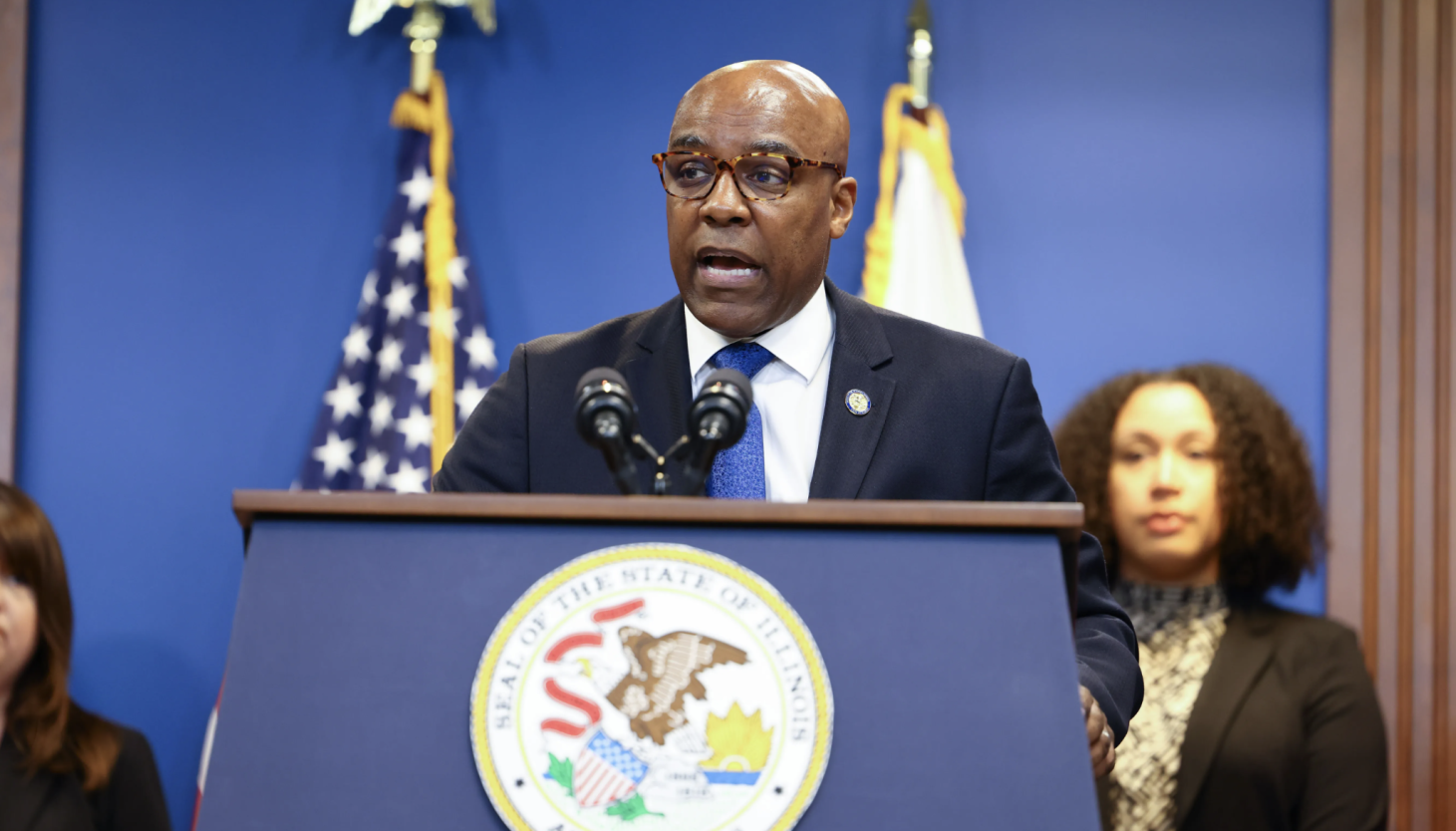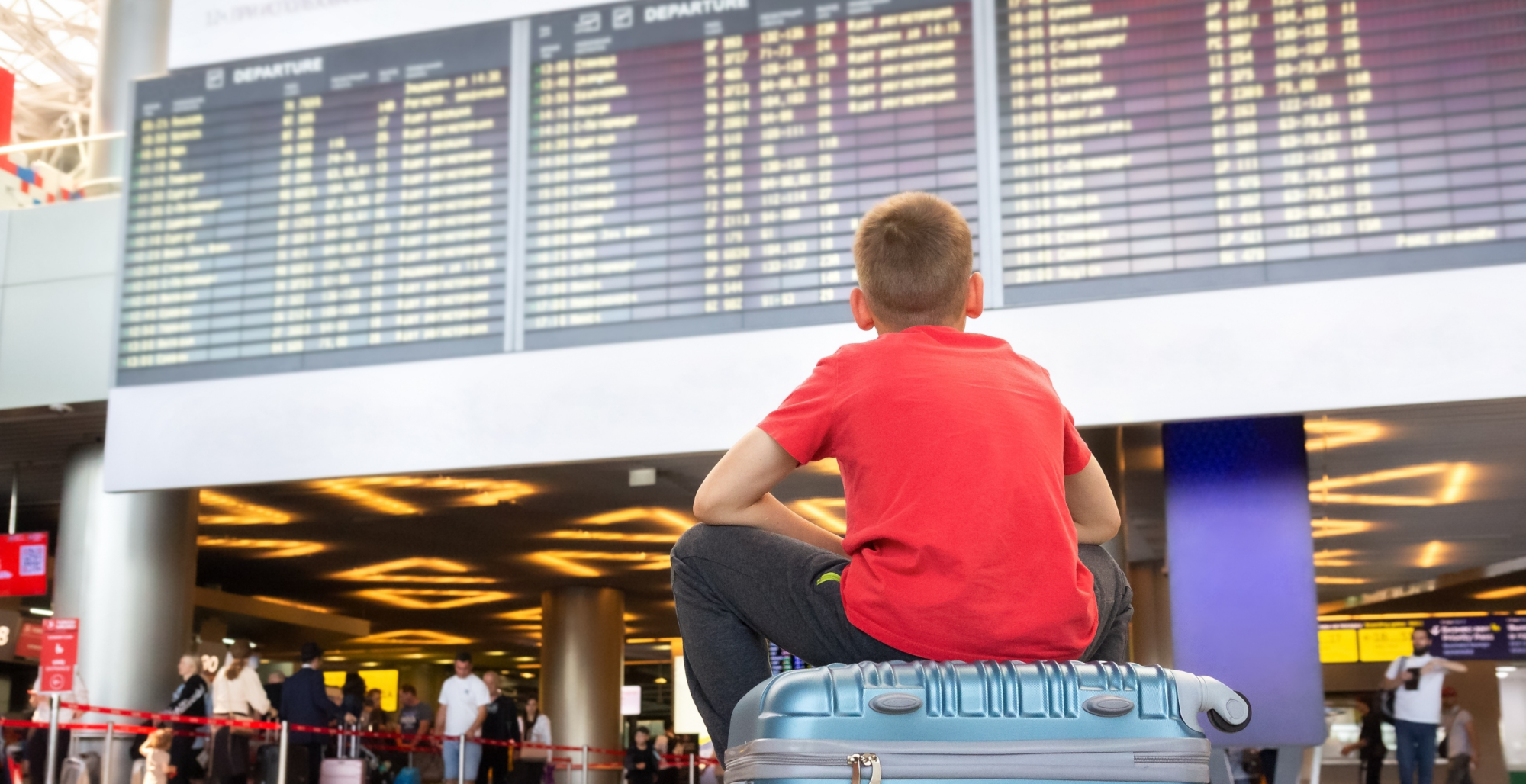Copyright Simple Flying

On October 1, the federal government of the United States shut down after Congress failed to pass funding legislation for the 2026 fiscal year, which began that day. Late Friday, Senate Republicans rejected a Democratic proposal to end the standoff, which extended the shutdown into its 38th day. Indeed, the impact has been felt across several industries, including aviation. Thousands of federal workers, including air traffic controllers, have been working without pay. On Friday, November 7, the Federal Aviation Administration (FAA) instructed US airlines to cut flights at 40 of the country’s busiest airports following increased reports of strain on the system from both pilots and air traffic controllers. Since then, thousands of flights have been delayed and hundreds canceled nationwide. Should the shutdown continue, things could get even worse. As reported by Reuters, US Transportation Secretary Sean Duffy warned that airlines could be forced to cut up to 20% of flights in the following weeks if the government remains shut down. Thousands Of Flights Are Disrupted On Saturday During the 38-day government shutdown, around 13,000 air traffic controllers and 50,000 security screeners have been working without pay. Many controllers have taken sick leave, which has been putting significant strain on airport operations. Additionally, on Thursday, November 6, several air traffic controllers were notified that they would receive no pay for a second pay period next week, meaning they will miss another full paycheck on Monday. There have been some reports that many have taken second jobs to manage expenses. Indeed, the effect on the country’s air travel network has been severe. According to FlightAware data, earlier today over 2,000 flights traveling to, from, and within the United States were delayed and more than 800 were canceled. Charlotte Douglas International Airport recorded the highest number of disruptions in the morning, with over 250 delays and 130 cancellations. Orlando International Airport followed, reporting more than 200 delays and 40 cancellations. As the day progressed, the situation worsened. At the time of writing, more than 6,400 flights were delayed and around 1,517 were canceled. So far, Hartsfield-Jackson Atlanta International Airport has seen the highest disruption, with around 333 delays and 192 cancellations. The New York area airports are also facing severe impacts. At LaGuardia, 170 departures were delayed (almost half of the day’s scheduled flights) and 17 were canceled. The FAA reported that departures bound for Atlanta and Newark were delayed by more than five hours. Flights to JFK were running almost three hours behind schedule, with outbound services delayed by nearly two hours. Flight Cuts Could Reach Up To 10% By The End Of Next Week Besides that, a ground stop was issued at Nashville International Airport due to staffing shortages, according to the FAA. Flights bound for the airport were held until 15:45 ET as the agency worked to manage air traffic levels. Similarly, departures from Chicago O'Hare International Airport were grounded due to staffing issues. The ground stop went into effect at 12:24 ET, but operations have since resumed. All major US carriers are facing widespread disruption. Delta Air Lines has recorded the highest number of cancellations today, with around 239 flights canceled and more than 900 delayed. American Airlines is also seeing notable disruption. Nearly 30% of its flights are running late, about 958 in total, and more than 110 have been canceled so far. United Airlines is facing similar challenges, with 815 delays and 106 cancellations. As a result, airports across the country are experiencing long lines and crowded terminals as passengers wait for rebookings. Airlines have waived date-change fees for affected travelers and are offering refunds on canceled flights. Many passengers have been rebooked within a few hours, though others are struggling to find alternate options amid limited capacity. The outlook remains uncertain. The FAA had initially planned to implement a 10% reduction in flights when the cuts began on Friday, but decided to start with 4% to reduce the disruption. Looking ahead, if the shutdown continues, under the current plan, mandated flight reductions are expected to rise to 6% of schedules, then 8% by Thursday, and up to 10% by next Friday, November 14. Private Jets Are Also Impacted, And Hawaii Seeks Exemption Furthermore, private jets are not exempt from the impact. Transportation Secretary Duffy confirmed that restrictions on private aircraft are already in place. “We’ve reduced their volume at high-traffic airports — instead having private jets utilize smaller airports or airfields so busy controllers can focus on commercial aviation,” he wrote on X. “That’s only fair.” Separately, as reported by NBCNews, Hawaii’s Department of Transportation (HDOT) has requested an exemption from the mandated flight cuts, citing the state’s unique reliance on air travel. In a letter to Duffy, HDOT emphasized that air connectivity is essential for the islands’ economic stability, medical access, cargo movement, food security, and national defense support. Indeed, the disruption is notable but comes during a generally low travel period. However, the Thanksgiving holidays are less than three weeks away, and a prolonged shutdown could have a far greater impact on the aviation system. Speaking to Fox News, Duffy cautioned that even if the shutdown were to end immediately, delays would likely persist. “The problem is the airlines have to then, you know, put those flights back out for booking again,” he said. “It’s going to take some time for the airlines to respond. Once we see more controllers in the towers, then airlines have to respond to that. So it can be days, if not a week, before we get back to full-force flights when the shutdown ends.”



